Pennsylvania State Museum closes Native American exhibit to return human remains and artifacts to tribes
Published in News & Features
PHILADELPHIA — The Pennsylvania State Museum in Harrisburg has closed its Native American exhibit, as it reviews thousands of artifacts for compliance with a federal law mandating the repatriation of human remains and funerary objects.
The exhibit was temporarily closed to the public in May to allow staff to identify objects subject to the Native American Graves Protection and Repatriation Act (NAGPRA), PennLive reported Monday.
NAGPRA, signed into law by President George H.W. Bush in 1990, requires that federal agencies or institutions that receive federal funding identify any human remains or funerary objects in their collections and return them to tribal nations. In 2024, revisions to the law enacted under former President Joe Biden strengthened tribal nations’ authority and set a five-year deadline for institutions to consult with tribal leaders and update their inventories.
The Pennsylvania Historical and Museum Commission, which operates the museum, holds 908 individual remains and 79,628 funerary objects in its collection, according to a National Park Service database. In January, a ProPublica analysis found that the museum’s collection of unrepatriated Native American remains was the 21st largest in the country.
The National Park Service database also reports that multiple Philadelphia-area institutions are in possession of human remains and funerary objects, including the Mutter Museum, the Temple University Department of Anthropology, and the Penn Museum.
State museum staff have been gradually returning Native American remains since NAGPRA was enacted in 1990, a spokesperson told The Inquirer. Repatriation efforts were ramped up in the past year, to meet the updated deadline.
The exhibit is not expected to reopen before the entire museum closes in August 2026 for nearly three years of renovations. A newly designed exhibit, created in collaboration with tribal leaders, will be open to the public in 2028 or 2029, the spokesperson said.
©2025 The Philadelphia Inquirer, LLC. Visit at inquirer.com. Distributed by Tribune Content Agency, LLC.
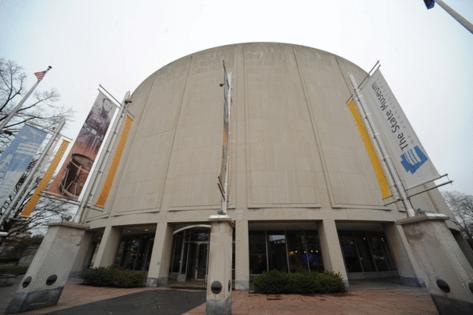
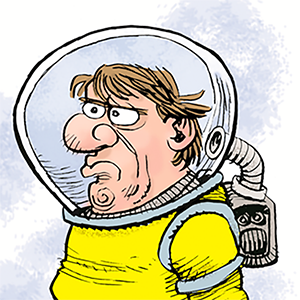
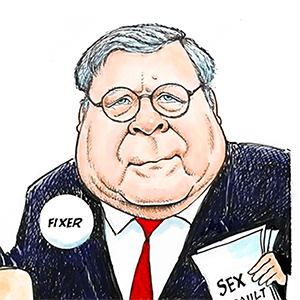

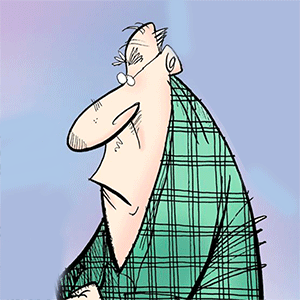
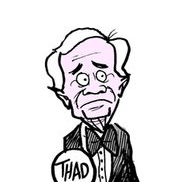

Comments